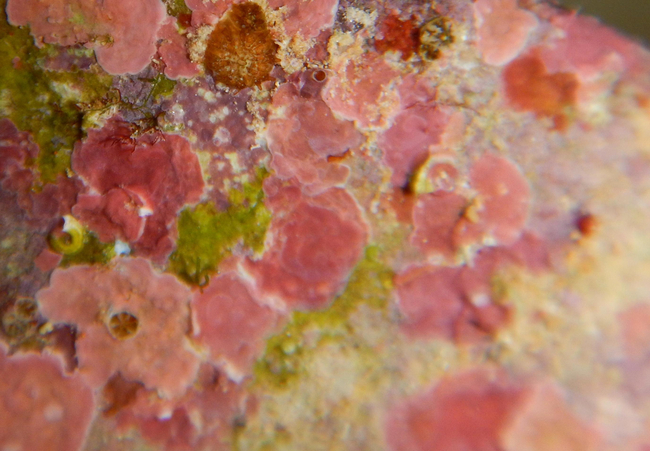The role and potential of antifouling applications in the marine environment
Biofouling creates a problem or serious drawback not only in the shipping industry, but also in the food processing industry, water treatment and in desalination plants. Aquaculture units need to be cleaned and maintained periodically due to severe growth of biofouling. A smaller industrial
sector, marine aquaristics, also suffers from high maintenance costs.
In the course of the project A3, new applications for antibiofouling will be explored and eventually applied to a new product design for the marine aquatic ornamental industry.
The second aim is to enlarge the scientific knowledge behind coral reef restoration via sexually reproduced coral larvae, since corals are in serious danger and might go extinct in a few decades, if causes of stressors are not being decreased and restoration efforts fail to succeed. Without corals and their genetic diversity, also the marine ornamental trade will lose its trading products and therefore the attractiveness to the consumer.
The objectives of the study are to test for the toxicity of different antifoulants, including new and scarcely studied antifouling agents, in order to effectively support future antibiofouling management operations.
The focus of study organisms will be on microbial biofilms, dominantly bacteria, and scleractinian corals due to their importance globally and locally in environments and industry.
The microbial community response to different antifouling surfaces will be determined and the physiological response of coral life stages (adult and larvae) in response to antifouling agents available in the surrounding water will be studied.





